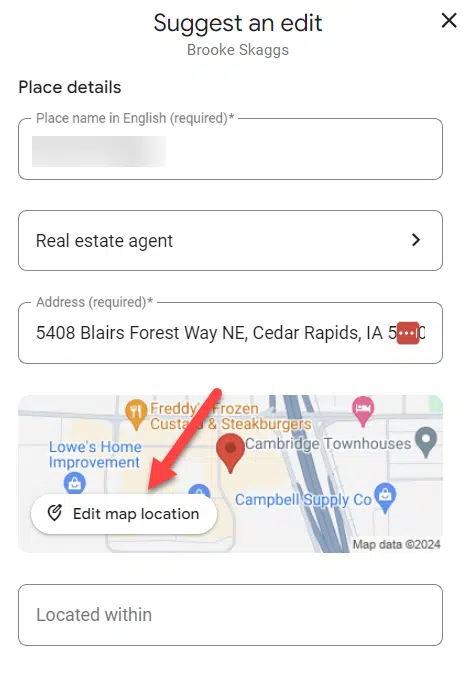In the ever-evolving landscape of digital marketing, the significance of on-page SEO cannot be overstated. It serves as the cornerstone for enhancing your website’s visibility, driving organic traffic, and ultimately achieving business success. In this comprehensive guide, we delve into the intricacies of on-page SEO, exploring the fundamental principles and practical strategies for optimizing your website content effectively.
Understanding On-Page SEO
On-page SEO revolves around the optimization of your website’s content to make it more relevant, engaging, and accessible to both users and search engines. It entails crafting high-quality, informative, and well-structured content that addresses users’ queries and aligns with search engine algorithms’ preferences.
Types of Website Copy for On-Page SEO
- General Website Copy: This encompasses the introductory content that welcomes visitors and provides an overview of your offerings. It should seamlessly integrate relevant keywords and keyword phrases in a natural and reader-friendly manner.
- FAQs (Frequently Asked Questions): Incorporating answers to common queries in an FAQ section enhances user experience and enriches your content with pertinent keywords. Well-optimized FAQs can even feature prominently in Google’s “People Also Ask” section, driving additional traffic to your website.
- Diverse Content Formats: A robust on-page SEO strategy necessitates a diverse array of content formats, including blog posts, videos, image galleries, and articles. Each content type presents unique opportunities to target specific keywords and cater to distinct audience preferences.
- Case Studies and Reviews: Leveraging case studies and customer reviews not only adds credibility to your brand but also facilitates the acquisition of valuable backlinks. These testimonials serve as powerful endorsements, bolstering your website’s authority and relevance.
Optimizing Content for Search Engines
Once you’ve crafted compelling content, optimizing it for search engines to maximize its visibility and impact is imperative. Here are some essential on-page SEO tactics to consider:
- Metadata Optimization: Pay meticulous attention to metadata fields such as titles, descriptions, and subheadings, as they significantly influence search engine indexing and user click-through rates. Strategically incorporate relevant keywords in your metadata to enhance discoverability and relevance.
- Formatting with Headings (H1, H2, H3): Utilize heading tags (H1, H2, H3) to structure your content logically and facilitate easy navigation for users. Optimize H1 headings with target keywords to provide succinct summaries of page content, while H2 and H3 headings help organize subtopics and improve readability.
- Image and Media Optimization: Enhance the searchability of visual content, such as images and videos, by incorporating descriptive alt tags and filenames. Additionally, video transcripts and relevant internal links should be included to augment their relevance and accessibility for search engines.
The Ongoing Pursuit of SEO Excellence
While implementing on-page SEO tactics lays a solid foundation for digital success, it’s essential to recognize that SEO is an ongoing endeavor. Stay abreast of evolving search algorithms, regularly update your content to reflect current trends and insights, and invest in off-page SEO strategies to amplify your website’s authority and relevance in the digital ecosystem.
By adhering to best practices, refining your SEO techniques, and embracing the dynamic nature of search engine optimization, you can position your website for sustained visibility, engagement, and growth in an increasingly competitive online landscape. Stay tuned for our next lesson on off-page SEO tactics, where we’ll explore additional strategies to elevate your website’s search ranking and prominence.




